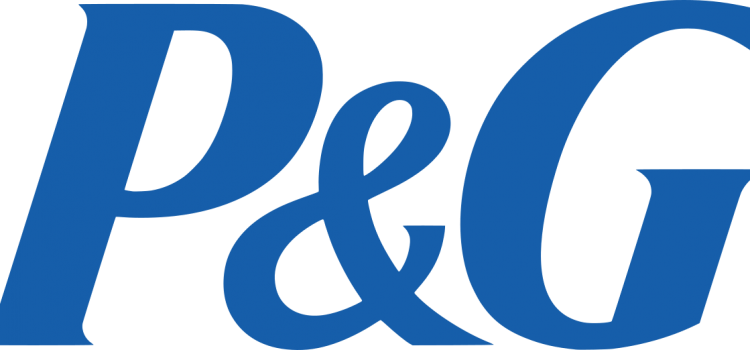

This article is an excerpt from the Shortform book guide to "Playing To Win" by AG Lafley. Shortform has the world's best summaries and analyses of books you should be reading.
Like this article? Sign up for a free trial here .
What is this P&G case study about? Why was P&G so successful in implementing the strategic choice cascade model?
This P&G case study showcases how the authors of Playing to Win implemented the five steps of the strategic choice cascade to transform the company’s Olay brand into a hugely profitable product. The implementation was successful because the management was the key driving force behind the strategy.
Read on to discover how this P&G case study showcases the successful implementation of the strategic choice cascade model.
The P&G Case Study
Now that we’ve discussed each step of the cascade, let’s use a P&G case study as an example of all five steps in practice. This P&G case study is set in the 1990s when P&G was struggling to sustain success in the skincare market—a sector that can be very profitable and create a lot of loyalty amongst customers. They commonly referred to P&G’s brand “Oil of Olay” as “oil of old lady”—it was boring and old. It was sold primarily at drugstores and was cheap, but as more skincare products came along, it was no longer successful.
This P&G case study shows how the company’s executives discussed their options and decided to use the cascade strategy to relaunch the brand. They considered launching a new line, which would take time and money; they could acquire an existing and more “fun” product line, which, again, would be expensive; or they could try to rebrand Oil of Olay. They decided to rebrand. This was step one of the cascade: deciding on their goals and “winning conditions.”
The research team found that while they were marketing mostly to women over 50, they should have been focusing on younger women because when women started to notice wrinkles (at around their mid-thirties), they’d find a product and stick with it. At this point in their life, they’d be happy to pay a premium for an innovative and exciting product. Here, P&G completed step two, finding their target market (playing field).
As a big company, P&G had the resources and the scientists to develop a better product. They created “Olay Total Effects,” which not only treated wrinkles but also gave customers glowing, moisturized skin. Generally, products like these would be sold in higher-end department stores, but Olay needed to keep their wide distribution in order to be effective. They needed to sell fancy products in a not-so-fancy environment. And they needed to convince people that Olay worked well and was on-trend again.
P&G’s marketing team started to make new ads that reintroduced the brand as a more luxury product. They found outside experts that certified Olay was selling well. Olay turned into a brand that customers saw as affordable and high-quality. These were steps three and four of the implementation of the cascade strategy in the P&G case study—they found out how to win and what capabilities they needed to be victorious.
Teams at P&G then developed a new, sleek look for the product, and they figured out the price, testing different price points. At $13, mass shoppers were attracted to it. At $16, interest dipped, but at $19, interest soared. This was the perfect price point, at which they appealed to mass shoppers and luxury shoppers, thus satisfying their need for a product that could work in both channels. They generated a huge profit from this brand that continued for decades. Through this process, P&G came up with a foolproof understanding of how markets work and how companies can best succeed in them. Doing this helped them complete step 5 and refined their management techniques.

———End of Preview———
Like what you just read? Read the rest of the world's best book summary and analysis of AG Lafley's "Playing To Win" at Shortform .
Here's what you'll find in our full Playing To Win summary :
- Why the cascade strategy will help you become victorious in your chosen field of play
- Why you should make every choice with the purpose of not just competing, but winning
- How to develop a system of decision-making for your company






